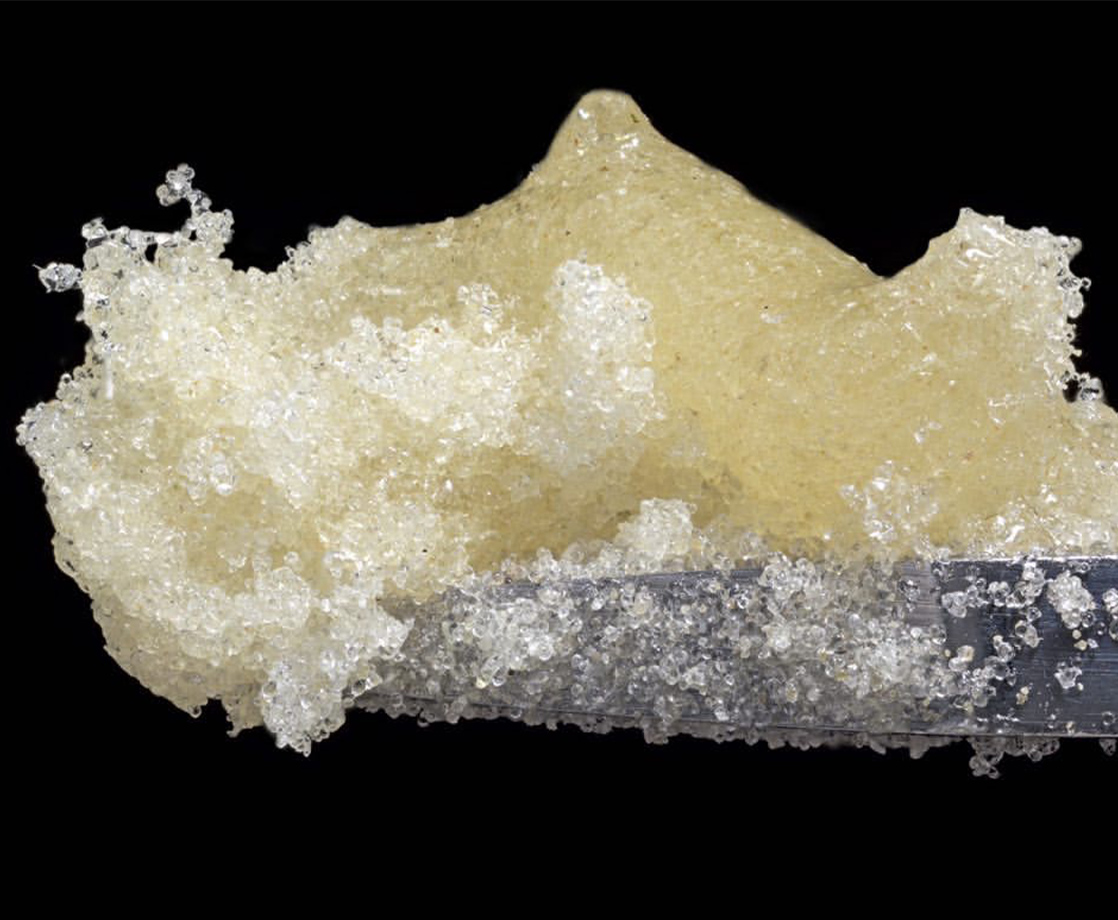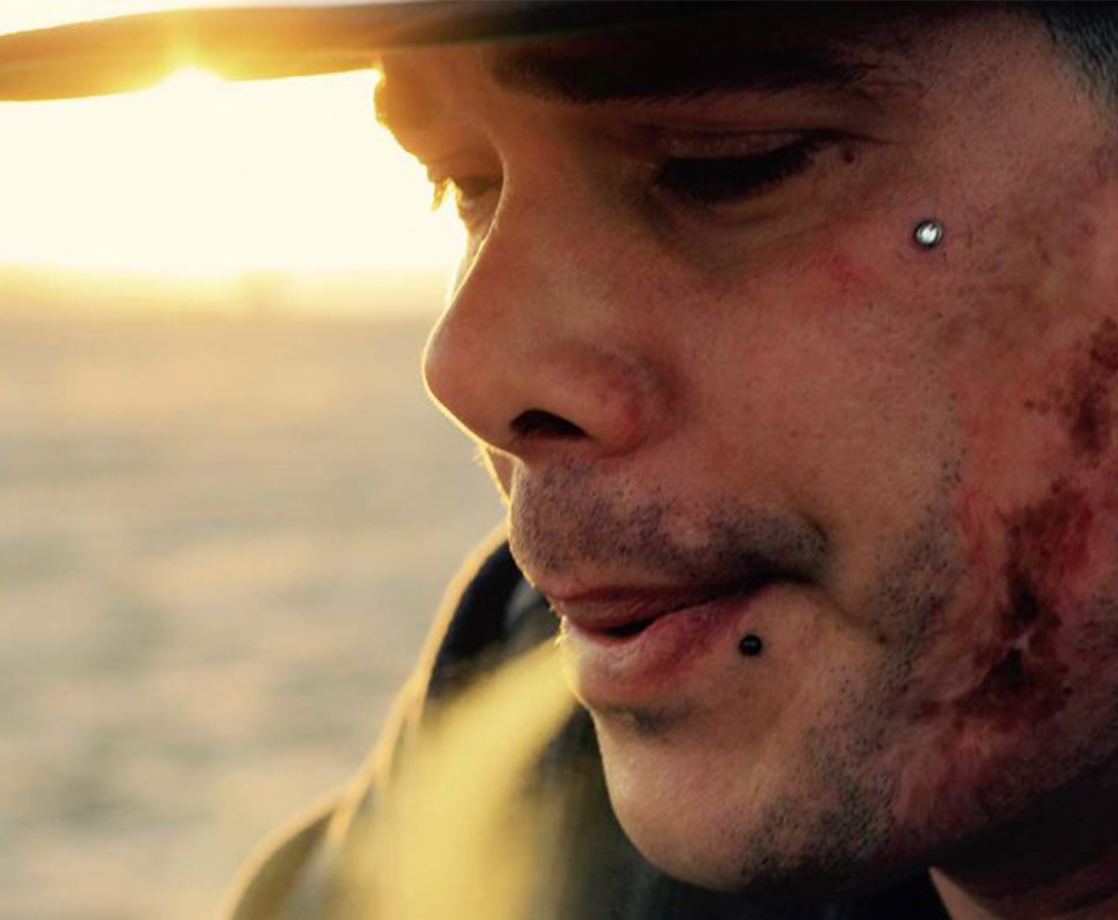All photos courtesy of Nikka T and Essential Extracts
Cannabis extract manufacturing and consumption has come a long, long way since folks first took knife hits off their kitchen stoves. Originally, hash was first devised hundreds, if not thousands, of years ago somewhere in Central Asia. But in just the last 15 years, hash evolved into novel, more refined products like waxes, shatters, crumbles, sauces, and rosin. Further still, advances in technology mean we can now dab solvent-free oils with portable, battery-operated devices, something that was unheard of just a decade ago.
Nikka T, whose legal name is Nick Tanem, saw this solventless technology develop from its infancy. That’s because he’s one of the first people to ever make it on a commercial level.
Nikka T, who owns and operates Essential Extracts, didn’t always make high-end ice-water hash, though. He got his start as a reggae DJ in the Bay Area back in the 2000s, where he learned how to market himself at the street level. His moniker — a nod to the reggae artist Rocker T, as well as a play on his own name — then carried over into the fledgling cannabis industry, where he began experimenting with making dabbable extracts on par with butane and propane-extracted products, minus the use of volatile, flammable solvents.
“I coined the term ‘solventless’ for dabbable water hash before it existed,” Nikka T explained to MERRY JANE by phone. “I’m blessed to have been here from the very beginning stages of this.”
Currently, Nikka T resides in the Bay Area, but he travels the country — and the world — consulting new businesses on how to make primo ice-water hash. To learn more about America’s rich dab culture, which now has global reach in 420-friendly countries such as Spain and the Netherlands, we spoke with him about the scene’s origins, his revolutionary contributions to the industry, and where he believes the technology will take us in the near future.
This interview has been edited for length and clarity.
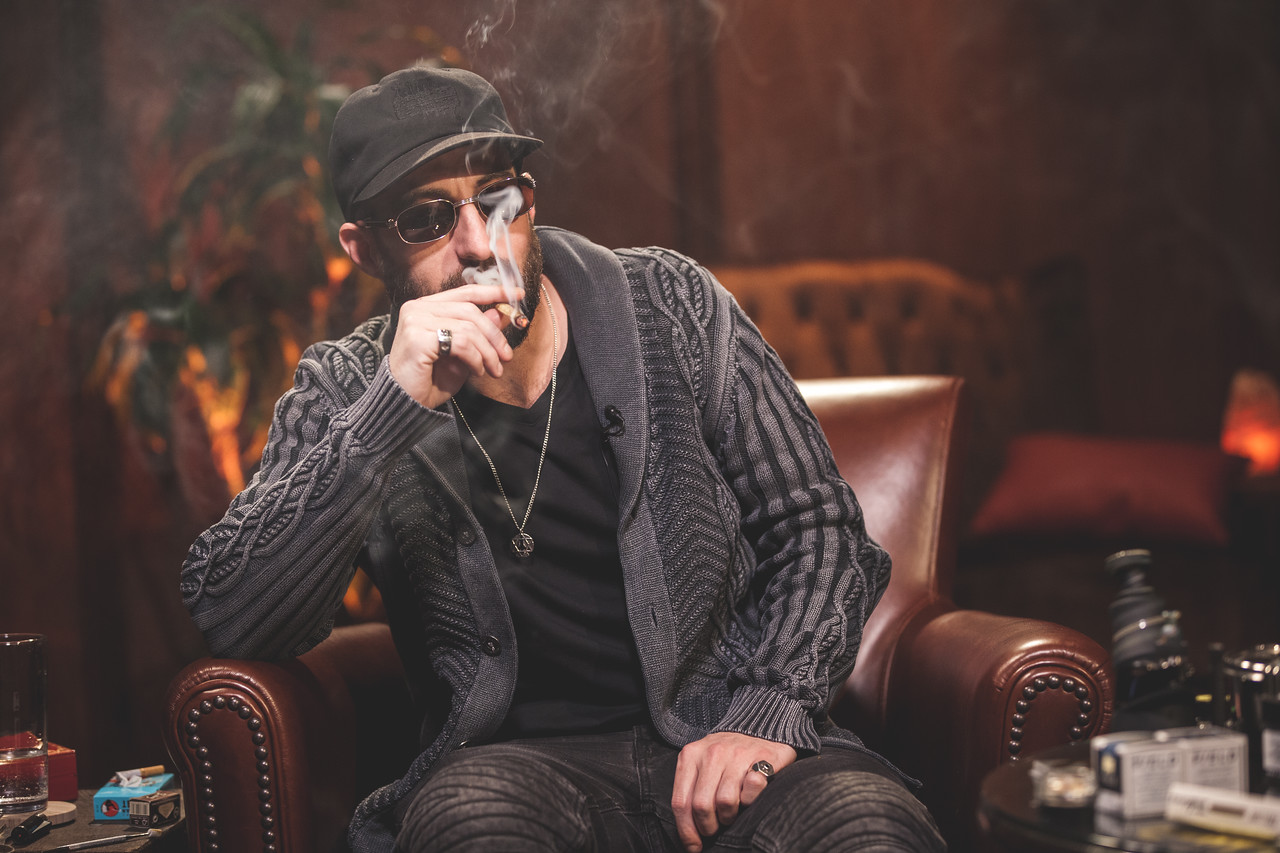
MERRY JANE: Let’s start from the beginning. How’d the dab scene get started, and why did it happen in the US?
Nikka T: Before dabbing, knife hits were how a lot of people consumed hash, whether you’re talking about dry sift or Moroccon import hash, Nepalese hash, or Indian charas. Specifically, in the US, people went to knife hits. In Europe and around the world, people had been smoking hash for centuries, but in Europe, people focused on combining hash with tobacco in a spliff.
I feel like the United States caught on to the knife hits, initially, because you could smoke hash without using tobacco. From the knife hits came the titanium skillet around 2009; that was really the next step up from the knife hits.
To me, the titanium skillet was the first dab utensil on the market. It was a titanium spoon, basically, or a small dish. Very thin that would fit a dab or two. [The extract] would puddle up on that dish. People heated them up with a torch or a lighter. This skillet had a glass bell attached to it, which was a funnel cup above the skillet. You’d heat up the skillet, slide your dab between it and the glass top, and you were taking a dab.

Above, a titanium skillet (via)
Hashmasta Kut was the guy who originally designed the skillet and put them out. One of the first guys that really promoted it was Daniel de Sailles of [Colorado’s] Top Shelf Extracts. At that time, he wasn’t in Colorado; he was in LA. But that tech came from LA, for sure.
From the titanium skillets came the titanium nails, then the quartz. From there, things just escalated. We went from having a dome on the nails or the quartz to domeless pieces, which was another step up. History changed, if you will. Then we went to e-nails, which was a step-up even further. From e-nails, it went to personal, portable devices like the Puffco. You know, it’s been a journey. I’m kind of blessed to see it all from day one.
When did you come up with the term “solventless?”
I think this was around that same time, 2009 or 2010. I was hanging out with a guy named Paul Tokin, and I’d been making hash for years before this, but I started to really hone my skills around 2003 or 2004, when I saw BHO [butane hash oil] hit the market.
I visited Mila Jansen in Amsterdam and learned a lot of her oral tradition about her technologies that wasn’t written in books. They call her the Hash Queen. I bugged her in person at her warehouse for weeks, but I was really gracious. She taught me a lot.
Anyway, I honed my skills by controlling the environmental factors [when extracting hash]. Paul Tokin was a YouTube phenomenon at the time, and I wanted to show him what I was doing because my bubble hash didn’t look like bubble hash anymore. It was gold. It was more translucent. It looked more like the honey oil or earwax — which was one of the more popular terms around 2009.
I came to Paul and gave him some of my product, and he said, “No way this is water hash! No way this is bubble hash!” So, together, we coined the term “solventless wax,” because my goal was to mimic the consistencies we were seeing in the hydrocarbon or butane-extracted world. We saw “earwax” as one of the first terms after “honey oil,” so that’s how we came up with “solventless wax.”
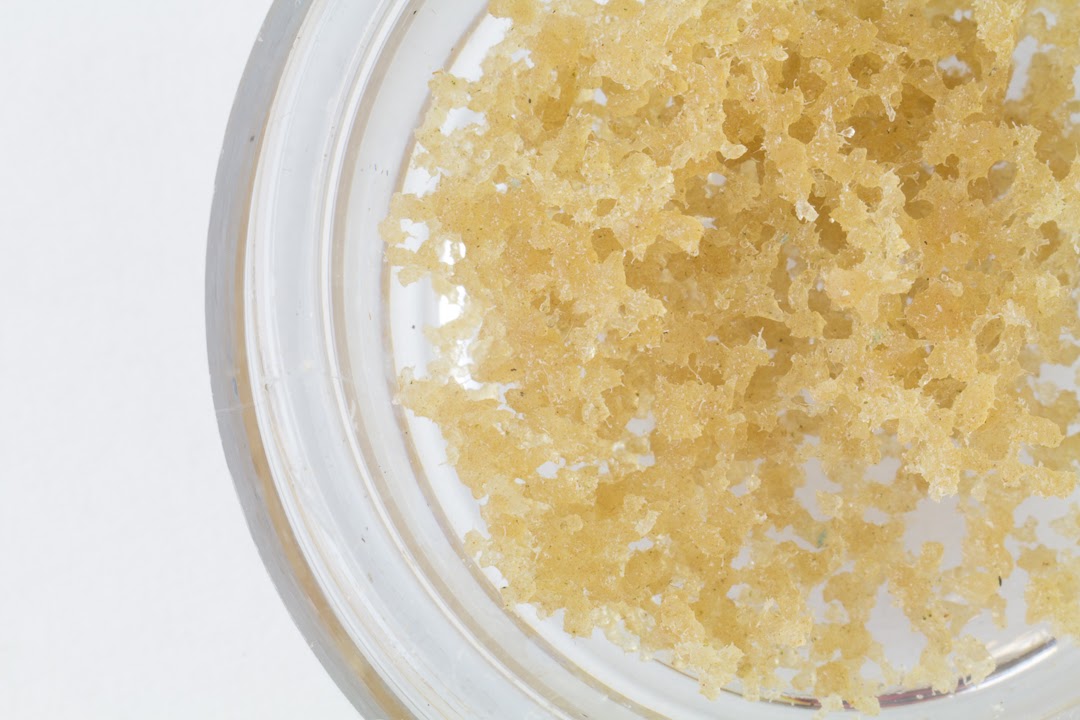
Essential Extracts’ solventless wax
From there, the term “solventless” took over very quickly soon after. “Solventless” is actually a descriptor term, so you can’t trade name it or patent it. I didn’t want to protect that term; I wanted to spread that term and have others use it and spread the knowledge to create a higher echelon in the industry. And that’s what we’ve done.
In 2019, [at a cannabis event], I saw some of the biggest hash companies in the world all with a similar hoodie that I released in 2010 with the word “SOLVENTLESS” across the chest. At first I was taken back, like, “Whoa, isn’t that my hoodie?” But nah, I’m proud of that. I actually created something; I created a community — the solventless community.
For readers unfamiliar with your production process, can you briefly go over how you make solventless dab products?
It started with controlling variables in our environment, temperatures and humidities, variables of the starting material itself. We went from using dry trim a decade ago. My company, Essential Extracts, was the first to bring in fresh frozen material, which has since been dubbed “live” material.
We were the first to use live plants and process them on a commercial level. We’re seeing higher terpene concentrations, higher cannabinoid ratios, and a cleaner end-product. Now, as we move on to these new technologies, we’re able to use different forms of heat and pressure and micron screens to separate the THCA from the terpenes and the rest of the compounds — mechanically.
It’s been a huge advance in our world. We’re not only learning to separate these components of the hash — the waxes and the oils and the THCA — but we’ve actually learned to grow THCA crystals within our terpene separations, very similar to what we’re seeing with hydrocarbon processes with pressure and [butane] solvent.

THCA crystals extracted from the Tiger’s Milk strain
Where did you get the idea of running live plants to make hash?
Great question. In 2009, right when Facebook started [to get big]. Everyone came out of the cut to be on social media and start talking about cannabis, specifically in medical states.
I started posting pictures [of my solventless wax] online around 2009, and this guy named Joseph Pietri — they call him the King of Nepal — came onto my Facebook page and started commenting. And not to be rude or disrespectful, but [he was] commenting very manically on my page. On every single photo I posted, they were just, like, crazy: “This isn’t hash! You’re using butane!”
At first, he was confused. He thought I was another one of the butane hash makers because my stuff looked so clean. He was going in after all the butane hash makers. “You make chemical hash! I make real hash!” He was talking about the Nepalese hash he was making on his journeys in Nepal, Indian charas and things of that nature.
But one of the things that he kept yelling about: “You don’t make hash! I make live plant hash!” So, I really have to give it up to Joseph Pietri, as crazy as this guy is — and a lot of other people can attest to that — it was almost honorary. But he said that term — “live” — and I got into a warehouse, for Pink House dispensary, which we were running and working for.
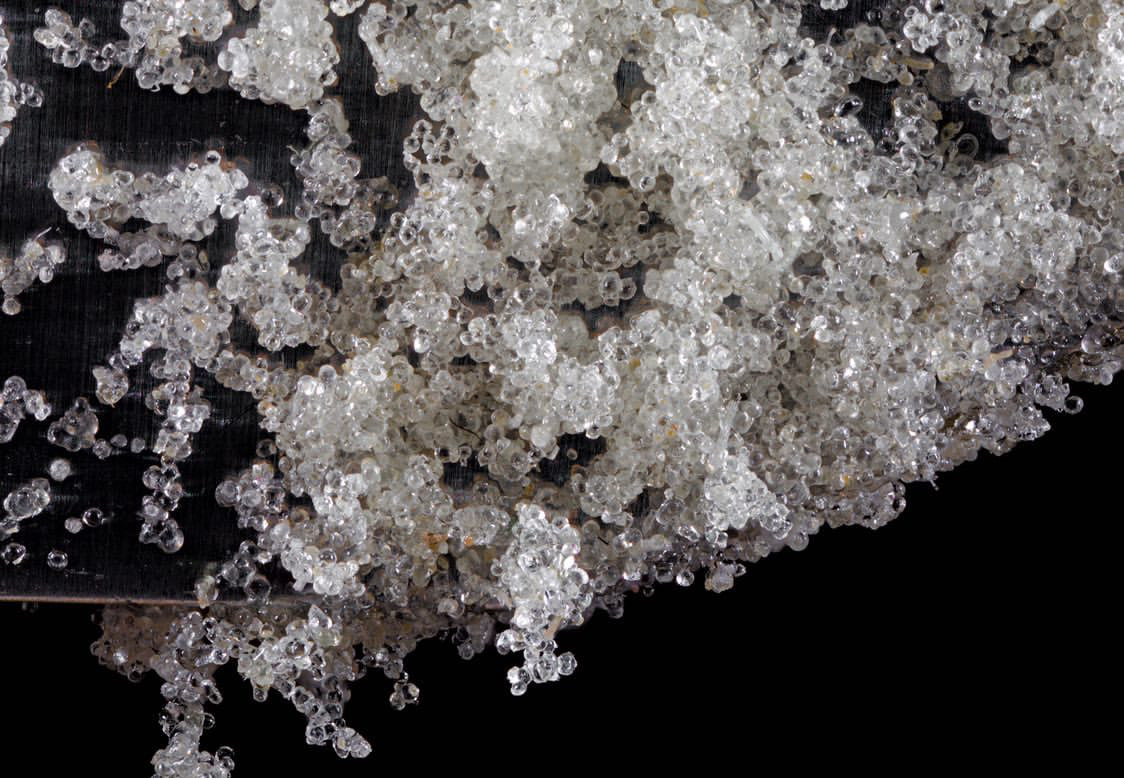
Fresh, solventless live resin shortly after agitation and collection. Collaboration by La Sagrada Farm, Nikka T, and Essential Extracts. Photo by @TerpshotZ,
And that led to your first live plant run?
We had an issue at day 50 or so with the Skywalker plant herming — this was pre-Skywalker OG — and it had this funky smell to it, pine and gas. Pine and halitosis, yeah. Maybe a little bit of blueberry. The cultivators said, “We gotta chop down that whole row.” And I said, “Before we do that, can I play? I want to do some R&D on this live material.”
So, [the owner of Pink House] let me take this entire row of Skywalker, and the employees in the facility helped me. We pulled them out of the soil, roots and all, flipping them upside down with the help of Angela and Steven Lewis. And I was literally turning [the plant material] in an ice bucket. We filled up 60-gallon drum, got it to the temperature we desired, and agitated them in ice water. I wanted to go as live as possible with this first run.
When we pulled the hash out of the bags from this run, it was the gooiest, stickiest, snot-looking hash we’ve ever seen. It was hard to get off the bags; it was hard to break up. We pushed it through a sieve immediately, and this hash would not go through the sieve. That’s when we started looking at other methods.
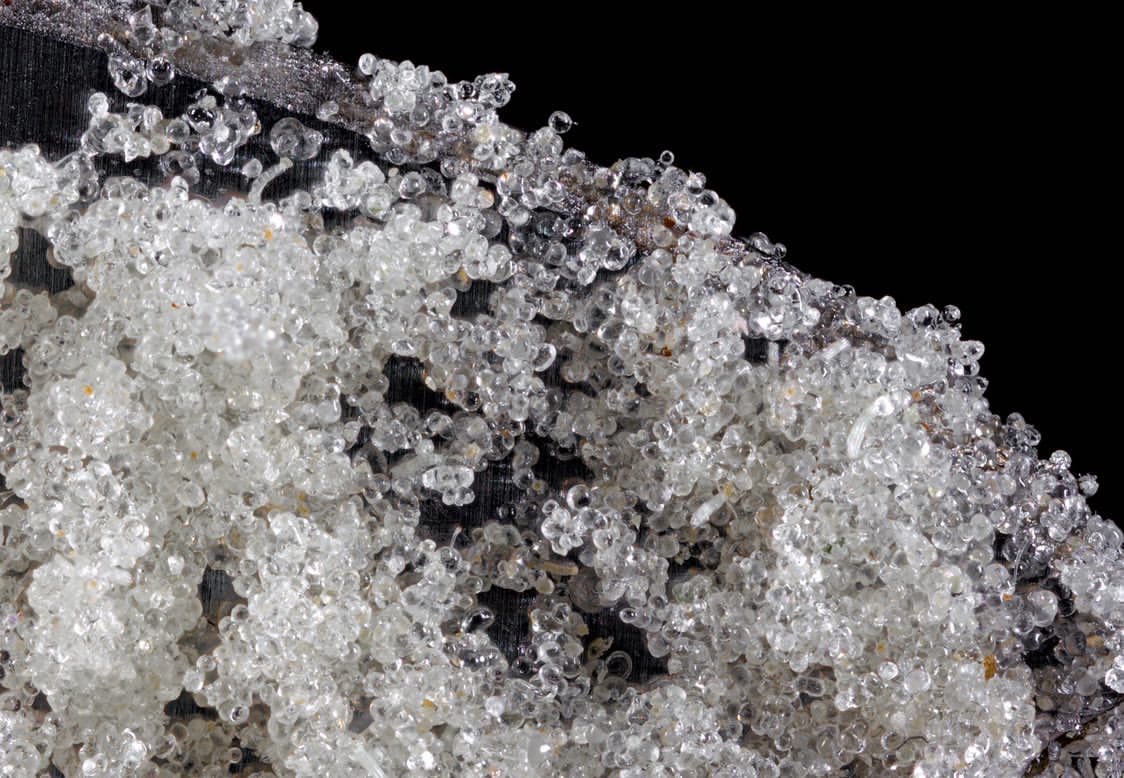
Ibid.
To get this Skywalker hash, we had to freeze it. We’d break it down on parchment paper, refreeze it, and break it down again until it was a fine sand. Then we were able to dry it, but we still had issues drying that properly.
That was the first time I’d ever run live. It was the first time I’d ever heard of anyone, besides Joseph Pietri, running anything live. I started thinking outside of the box then, and I was like, “What if we froze this material fresh? What if instead of having the trimmers trim the buds, we just chopped these off the stalk and freeze it?”
And that’s what we did with the Skywalker, and [the hash] was still blonde, still super loud with terpenes. Really, really oily, snot-looking stuff, but we were able to control it a little easier. That’s where the term “fresh frozen” erupted from.
We also had access [to] a licensed lab at that time. We had the ability to do this cool R&D and talk about it. Which was really nice, because ten years ago, there wasn’t a lot of evidence.
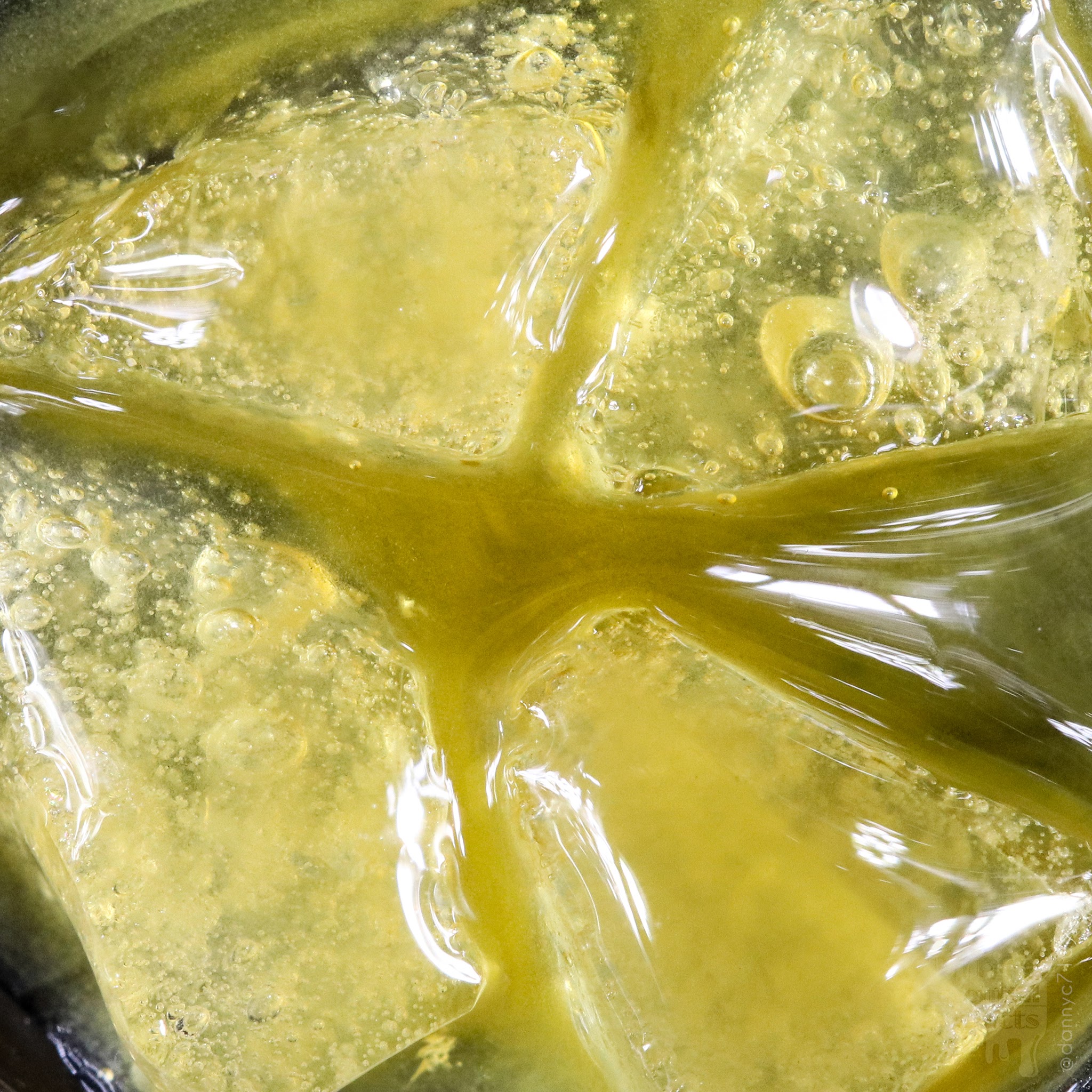
Sour Kush sauce, by Essential Extracts
Where do you see the dab scene going as legalization sweeps the US and the world?
We’ve seen so many advances in our space now, and a lot of it is because we can study it. We can write down things. Fifteen, 20 years ago, we were all too scared to write any of this down or keep any data.
I have a feeling some of what we’re going to be learning and seeing in the future is which specific cannabinoids, combined with which specific terpenes, are helping certain people’s ailments, plugging into certain receptor sets, or making people feel happy and contributing to different feelings that the cannabis plant can provide.
What are the advantages to solventless rosins and sauces compared to other dabbable extracts or concentrates on the market?
Compared to butane and other hydrocarbon stuff, really, one of the first advantages is safety. We started hearing about people blowing themselves up, and blowing up their apartments and families. It was extremely dangerous. So, one of the first advantages, is that we were not only do this safely, but we could also teach a safe method of extraction and separation.
The second advantage is we don’t have nearly the [same] concern of having heavy metals or residual solvent left over in a product [as hydrocarbon extracts]. We’re just starting to see the testing on this now, and there isn’t a lot of data on the residual solvents affecting lungs, but I have a feeling we’re going to see that come into play soon. Better safe than sorry.
Another advantage is just truly from a financial standpoint. It’s a lot easier to make solventless in your own home, legally, for yourself, or even when building an extraction lab. Hydrocarbon facilities tend to cost more and tend to be scrutinized more heavily, too. We’re seeing upwards of ten-thousand-dollar commercial rosin presses on the market now. On the other hand, I’ve seen a quarter-million-dollar hydrocarbon extraction machine.
Pressed hash isn’t terribly common in Colorado these days, with just one company regularly making it for the state’s legal market. Why do you believe pressed hash isn’t popular in Colorado’s dab scene?
When you’re talking about old-school-styled hash — or even water hash in general — when you try to dab that product, you’ll see a lot of charred residue on the nail or quartz or Puffco ceramic insert. The smell coming off of those waxes and plant material has kind of a foul, burnt-rubber smell, which contributes to a foul taste.
Now, we can put out product that’s full-melt that has a lot less of that residue, which gives it a much more pleasant smoke, smell, and flavor — and therefore [a much more pleasant] high. That’s why I feel like rosin has excelled so much further than some of these traditional methods of hashish production.
But at the same time — listen, I’m a chillum smoker. I love those old-school methods of hash production and consumption. But I also love putting well-done full-melt or rosin in a spliff, as well. At that point, I feel like it’s personal preference. In the United States, the personal preference has been dabbing. In Europe, the tradition has been spliffs, so that’s why a lot of that imported hashish does really, really well in the European market.
I’m smokin’ a spliff as we speak [laughs]. Generally, I preface that I don’t promote or condone tobacco use. But it’s been something that’s been with me, culturally, for a long time.
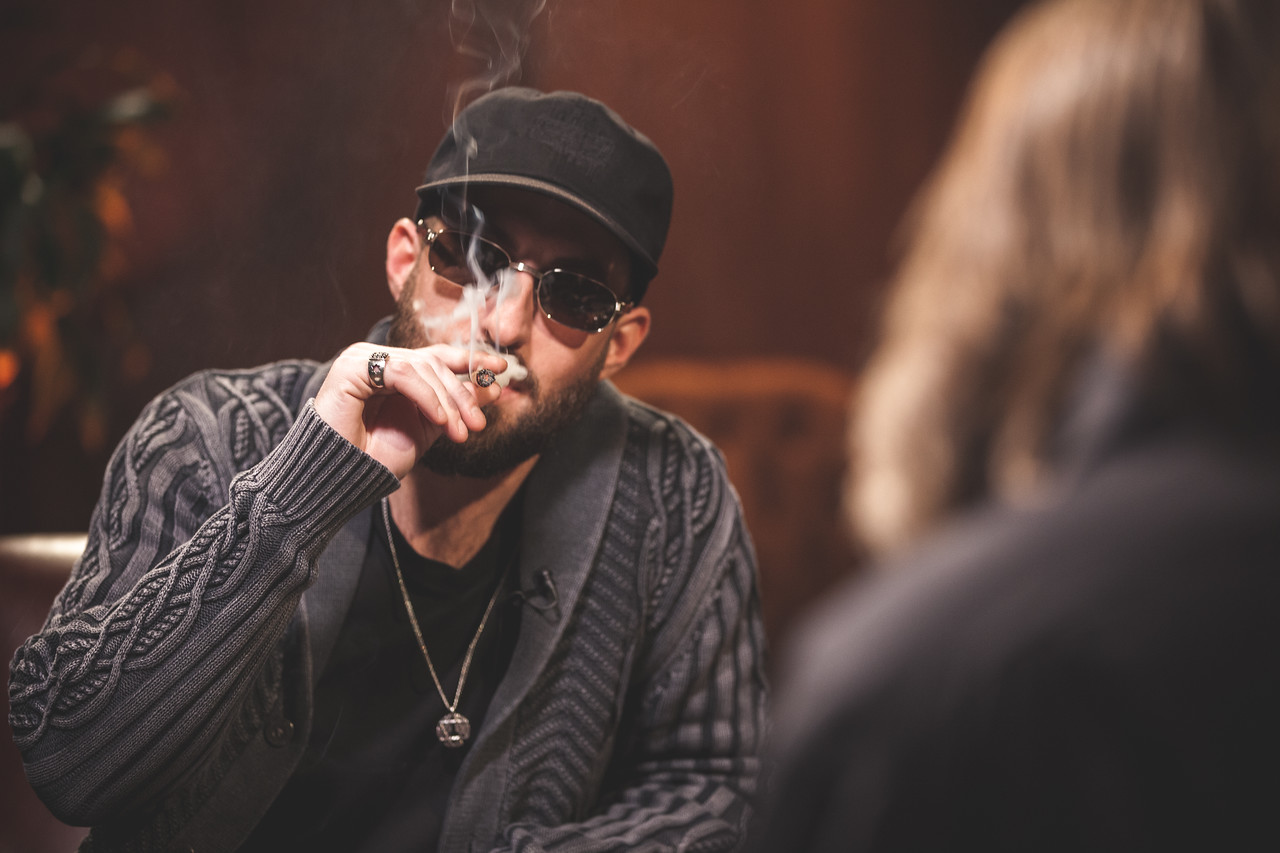
Follow Nikka T on Instagram, Twitter, and Facebook. For more on his solventless dab products, check out the Essential Extracts website


